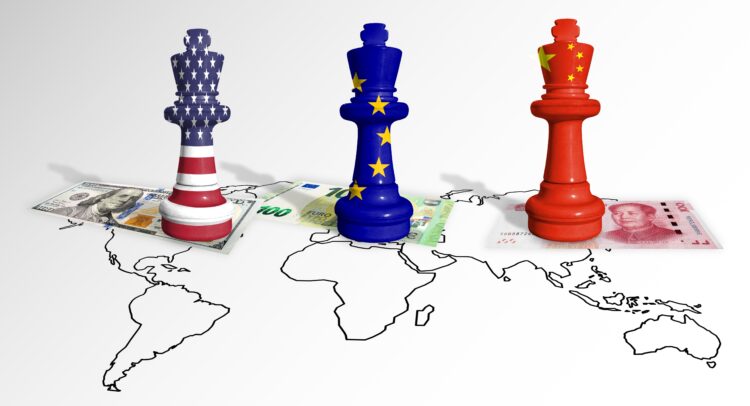The International Monetary Fund (IMF) just released its report on the performance and forecasts of economic regions worldwide. The agency’s flagship report shows that it is concerned with growing economic divergence around the globe. For instance, one economy is in a position where its central bank may raise rates, while another is considering lowering interest rates.
Among other roles, the IMF monitors the global economy and provides policy advice to its member countries. It analyzes economic and financial data to identify potential risks and vulnerabilities.
The IMF then suggests policies aimed at fostering economic stability and growth. This week, the IMF released its comprehensive World Economic Outlook bi-annual staff survey. Chapter 3 of this 202-page report illustrates the varying trajectories of the EU zone, the U.S., and China.
The European Union Slowdown
The EU zone is currently experiencing a slowdown. While the IMF reports that the initial recovery in the EU states after the pandemic was vigorous, the war in Ukraine and ongoing supply chain disruptions have taken their toll.
The IMF has lowered its growth forecast for the region from 1.5% in 2023 to 1.4% in 2024. Despite ongoing vigilance regarding inflation, the region is leaning towards reversing earlier rate hikes, which appear to have dampened consumer spending and business investment.
China’s Balancing Act
China’s economic growth has also slowed, partly due to its strict zero-COVID policy and property market weakness.
The IMF projects China’s GDP growth to shrink from 5.1% in 2023 to 4.8% in 2024. However, China is taking steps to stimulate its economy, including infrastructure spending and targeted tax cuts. The success of these efforts will be crucial in determining the country’s economic trajectory in the coming years.
The United States Boxed In
The U.S. economy is currently in a precarious position. While growth remains positive, the Federal Reserve would seem careless to lower interest rates and ignore persistent inflation. This raises concerns about the potential strengthening of the dollar, which could harm exports from multinational companies. Investors are watching economic data even more closely to gauge whether the central bank will likely shift towards a lower rate stance or stand steadfast against inflation.
Current consensus suggests that the U.S. central bank is not in a position to introduce stimulus measures to an economy grappling with a tight labor market and inflationary concerns.
Key Takeaway
The divergent economic paths of these major blocs present challenges for investors. A slowdown in Europe, coupled with a potential recession in the US, could create a ripple effect on the global economy. Nevertheless, China’s stimulus efforts, if successful, could provide some support.
Given the scattered global economic outlook, diversification is key for investors to unlock opportunities. A strategy of spreading investments across different regions, with deliberate asset class selection can help mitigate risk.









